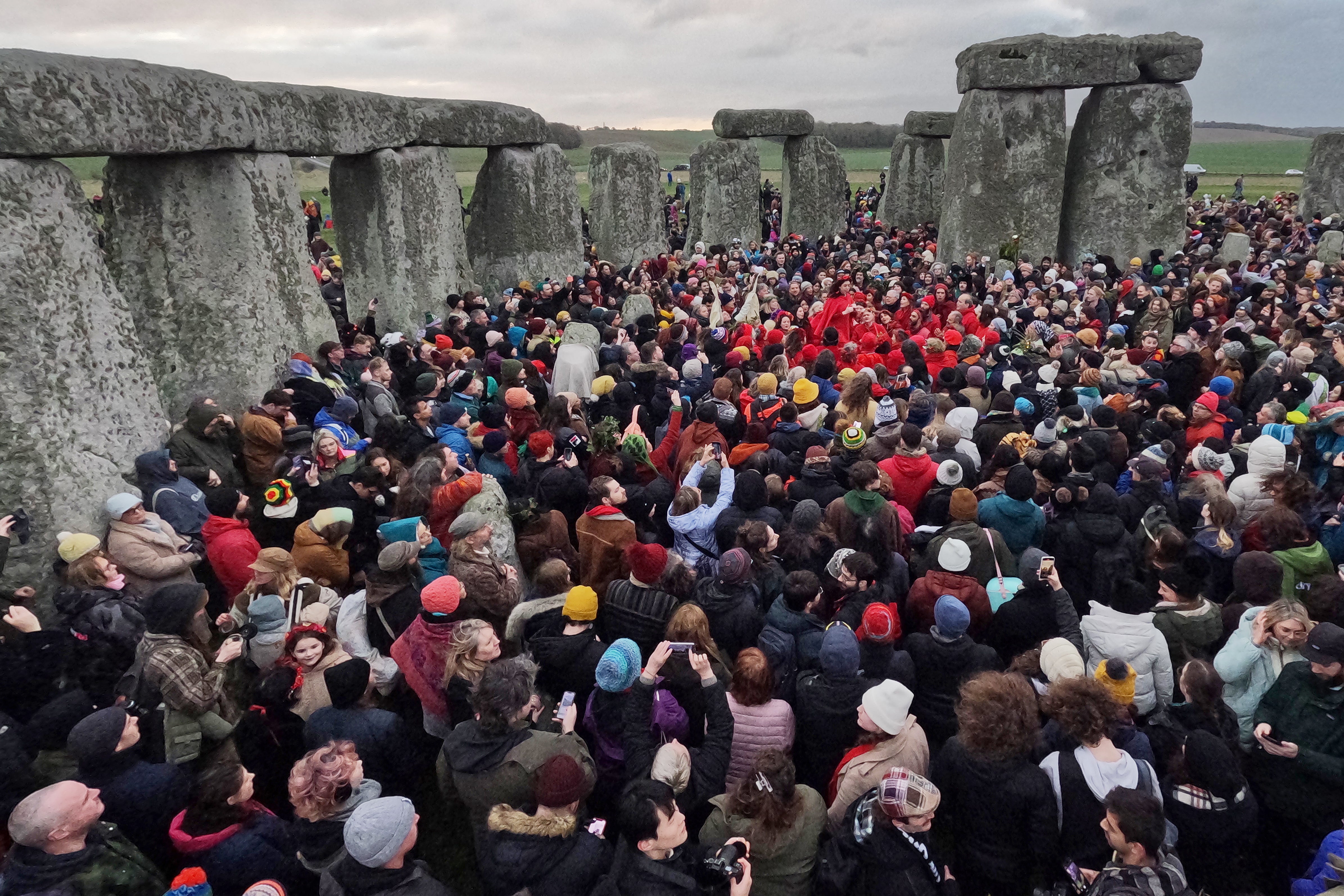The summer solstice marks the official start of summer. It brings the longest day and shortest night of the year for the 88 per cent of Earth’s people who live in the Northern Hemisphere.
People around the world traditionally observe the change of seasons with bonfires and festivals, and Fête de la Musique celebrations.
Astronomers can calculate an exact moment for the solstice, when Earth reaches the point in its orbit where the North Pole is angled closest to the Sun.
That moment will be at 10.42pm Eastern Time on June 20 this year - or 3.42am on June 21 in the United Kingdom.
In Europe, Africa and points eastward, the moment of the equinox falls on June 21 locally, making that the day of the solstice. From Earth, the Sun will appear farthest north relative to the stars. People living on the Tropic of Cancer, 23.5 degrees north of the Equator, will see the Sun pass straight overhead at noon.
Six months from now, the Sun will reach its southern extreme and pass overhead for people on the Tropic of Capricorn, and northerners will experience their shortest days of the year at the winter solstice.
The Sun’s angle relative to Earth’s equator changes so gradually close to the solstices that, without instruments, the shift is difficult to perceive for about 10 days. This is the origin of the word solstice, which means “solar standstill.”

This slow shift means that daylight on June 20 is only about 2 seconds longer than on June 21, at mid-northern latitudes in the United States. It will be about a week before there’s more than a minute change to the calculated amount of daylight. Even that’s an approximation — Earth’s atmosphere bends light over the horizon by different amounts depending on weather, which can introduce changes of more than a minute to sunrise and sunset times.
Monuments at Stonehenge in England, Karnak in Egypt, and Chankillo in Peru reveal that people around the world have taken note of the Sun’s northern and southern travels for more than 5,000 years. From Stonehenge’s circle of standing stones, the Sun will rise directly over an ancient avenue leading away to the northeast on the solstice.
We know little about the people who built Stonehenge, or why they went to such great effort to construct it, moving multi-ton stones from rock outcrops as far as 140 miles away.
All this to mark the spot on the horizon where the Sun returns each year to rest for a while before moving south again.
Perhaps they, like us, celebrated this signal of the coming change of seasons.
Stephen Schneider is a Professor of Astronomy at UMass Amherst.
This article is republished from The Conversation under a Creative Commons license. Read the original article.
The Earth could be soon flung out of orbit or into the sun
Scientists use satellites to mimic a total solar eclipse in space
A radio signal from the beginning of the universe could change everything
SpaceX Starship rocket explodes in dramatic fireball after ‘major anomaly’
This is most detailed image of a galaxy of its kind ever seen
‘City killer’ asteroid on collision course with Moon could damage satellites







